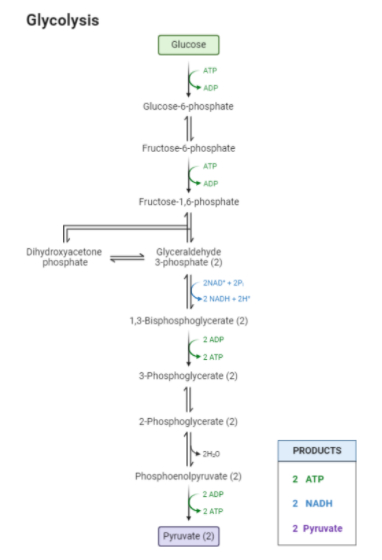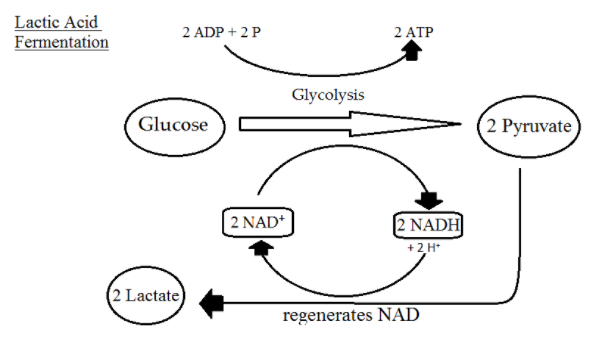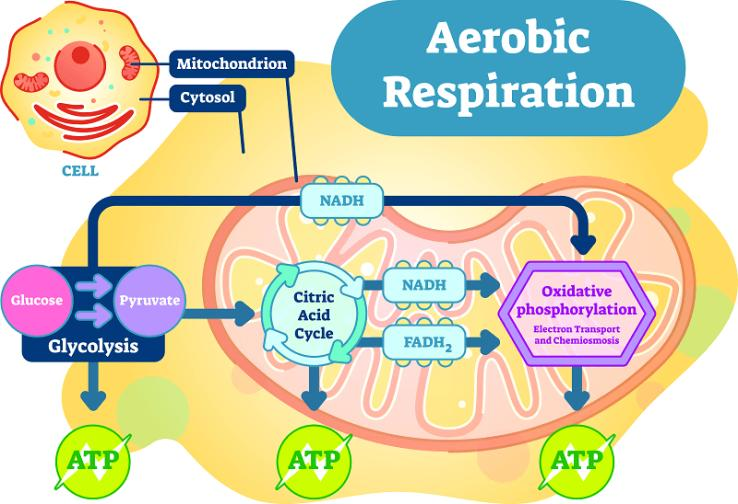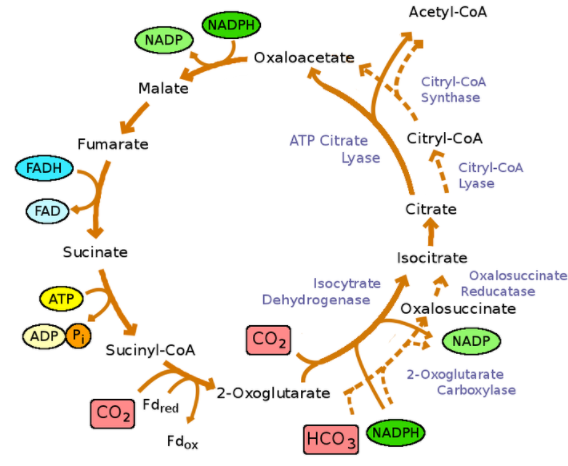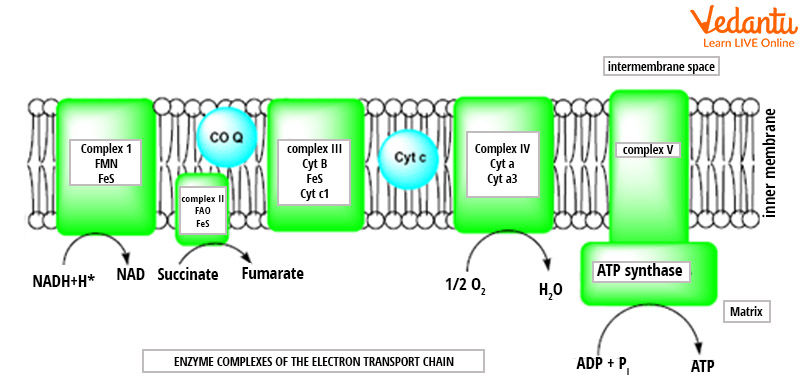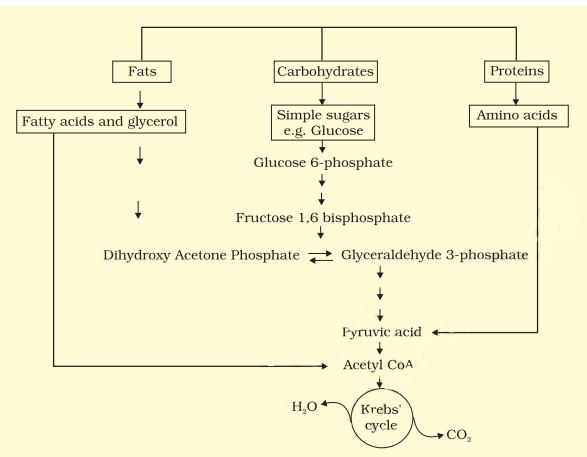Class 11 Biology Chapter Respiration In Plants Notes - FREE PDF Download
FAQs on Respiration In Plants Class 11 Notes: CBSE Biology Chapter 12
1. Where Can I Find Class 11 Biology Ch 12 Respiration In Plants Notes?
You can get Class 11 Biology Ch 12 Revision Notes free pdf on this page. You can download it with a single click on the pdf link given above. Log into Vedntu.com and get unlimited access to all the study materials, video tutorials, revision notes, mock tests and many more. You can download the revision notes Class 11 Biology Ch 12 Revision Notes pdf for free and revise the chapter thoroughly. The content curated by Vedantu is all by experienced subject matter experts and professionals. So, if you’re preparing for boards or competitive exams, Vedantu could be your partner in helping you achieve your goal.
2. Why Should I Refer to Vedantu’s Class 11 Biology Ch 12 Revision Notes?
We at Vedantu ensure to offer effective and reliable Class 11 Biology Ch 12 Revision Notes. These revision notes are written by subject expert teachers in an easy language that enable you to understand and remember all the concepts thoroughly. The notes are prepared by the experts keeping in mind student’s study goals and how easily they can go with each topic.
3. Do plants breathe according to Chapter 12 of Class 11 Biology notes?
Plants do, in fact, breathe throughout their lives, both during the day and at night. Cellular respiration is a mechanism through which all green plants breathe. Stomata are small pores that can be found on the leaf epidermis, stems, and other organs. Nutrients from the soil are transformed into energy and utilized for various cellular functions in this process. Stomata open and close pores to allow gaseous exchange during cellular respiration.
Oxygen + glucose -> carbon dioxide + water + heat energy is the chemical equation for respiration.
4. What is glycolysis according to Chapter 12 of Class 11 Biology?
Glycolysis is a set of processes that converts six-carbon glucose into two three-carbon keto acids. In detail, one molecule of glucose is transformed into two molecules of pyruvate, two hydrogen ions, and two molecules of water during glycolysis. Glycolysis is the process by which all cells in the body generate energy. Glycolysis produces pyruvate in aerobic circumstances and lactate in anaerobic situations.
5. Is Chapter 12 "Respiration in Plants" of Class 11 Biology important for NEET?
Chapter 12 "Respiration in Plants" of Class 11 Biology accounts for 1% of all questions asked in NEET during the last eight years. Important topics for NEET from chapter 12 “Respiration in Plants” includes Glycolysis, Aerobic Respiration, Fermentation, The Respiratory Balance Sheet, Amphibolic Pathway, and Respiratory Quotient. Now that you've learned about the important topics of this chapter, the following stage is to prepare for the questions that have previously been asked about these themes in prior papers.
6. How is respiration shown in plants according to Chapter 12 "Respiration in Plants" of Class 11 Biology?
In plants, respiration includes combining the sugars generated during photosynthesis with oxygen to provide energy for plant development. Respiration is the polar opposite of photosynthesis in many aspects. Nourishment is created by plants on their own. They create sugars and oxygen (O2) from carbon dioxide (CO2) in the atmosphere, which may then be used as a source of energy. Photosynthesis occurs solely in the leaves and stems of the plant, while respiration happens in the leaves, stems, and roots.
7. Is Chapter 12 "Respiration in Plants" of Class 11 Biology important?
For students who want to pursue medicine and other Biology-related courses, biology is a required subject in Class 11 and 12 Science. You must read biology for your exams as well as for your benefit in the future. The Biology syllabus for Class 11 contains several introductory chapters on various biological disciplines. Botany, zoology, and physiology are the three components that make up the complete syllabus. Chapter 12 is included in the botany section. Hence, it is an important chapter for Class 11 students. For more, students can download the revision notes free of cost from the Vedantu website (vedantu.com).
8. What topics are covered in Vedantu's Respiration In Plants Class 11 Notes?
The notes cover key topics such as glycolysis, the Krebs cycle, oxidative phosphorylation, aerobic and anaerobic respiration, and the respiratory quotient (RQ).
9. How do Vedantu's Respiration In Higher Plants Class 11 Notes simplify complex concepts?
Respiration In Plants Class 11 Notes PDF Download break down complex processes into easy-to-understand points and use clear diagrams to help visualise the steps involved in plant respiration.
10. How can Vedantu's Class 11 Biology Chapter 12 Notes PDF help in scoring well in exams?
The notes focus on key concepts and provide concise summaries, helping students grasp the material quickly and revise efficiently before exams.























